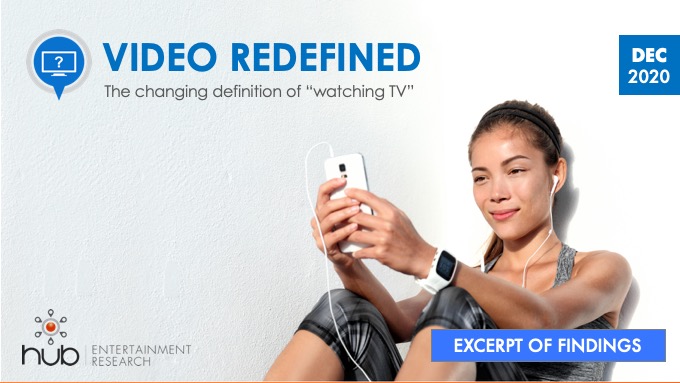From the time the COVID pandemic first forced Americans to spend more time at home, Hub has been carefully tracking not just the impact on TV viewing behaviors, but on entertainment and leisure habits generally.
It’s no secret that COVID has disrupted virtually every aspect of people’s normal leisure existence. It’s resulted not just in people spending more time at home, but also in changes to how some of the most popular TV content is presented (think sports and talk shows), new models for how movies are distributed, delays in TV premieres, live events cancelled or moved online, and of course limited opportunities for spending quality, face-to-face time with friends and extended family.
As consumers continue to look for ways to stay sane during this stressful time, we’ve been tracking a number of fundamental shifts in how they’re consuming entertainment, including more reliance on streaming TV platforms (SVODs and AVODs), a greater likelihood to choose nostalgic comfort viewing, and an increased willingness to pay for first-run movies to watch from the comfort of one’s home.
But without some of the TV options they’re accustomed to, many consumers are venturing out beyond the traditional TV horizon and relying more and more on other forms of content, from YouTube influencer and TikTok videos, to professionally produced short form series to livestreamed performances, to podcasts and eSports, and to live “story” videos on platforms like Facebook and Instagram.
“Video Redefined” is our annual deep-dive into how consumers are using these non-TV forms of video content, the appeal of new entrants into the market, and importantly, the impact of time spent with these new content sources on traditional TV viewing. The study will also look at trends in new video consumption and attitudes since our our 2019 wave of “Video Redefined” research.
The study is conducted among 1,907 U.S. consumers age 13-74 who watch a minimum of 1 hour of TV per week.
